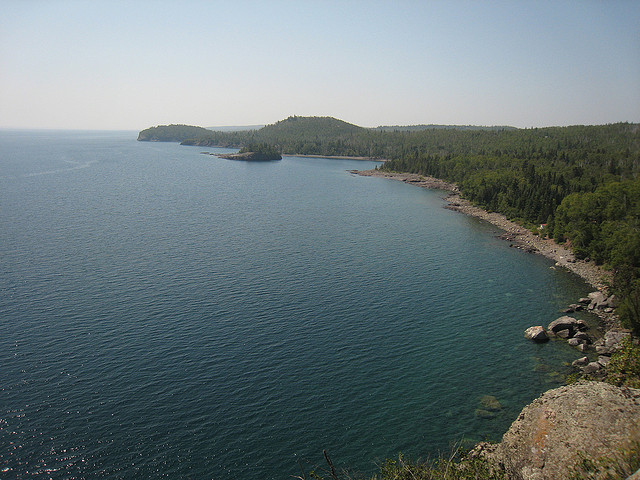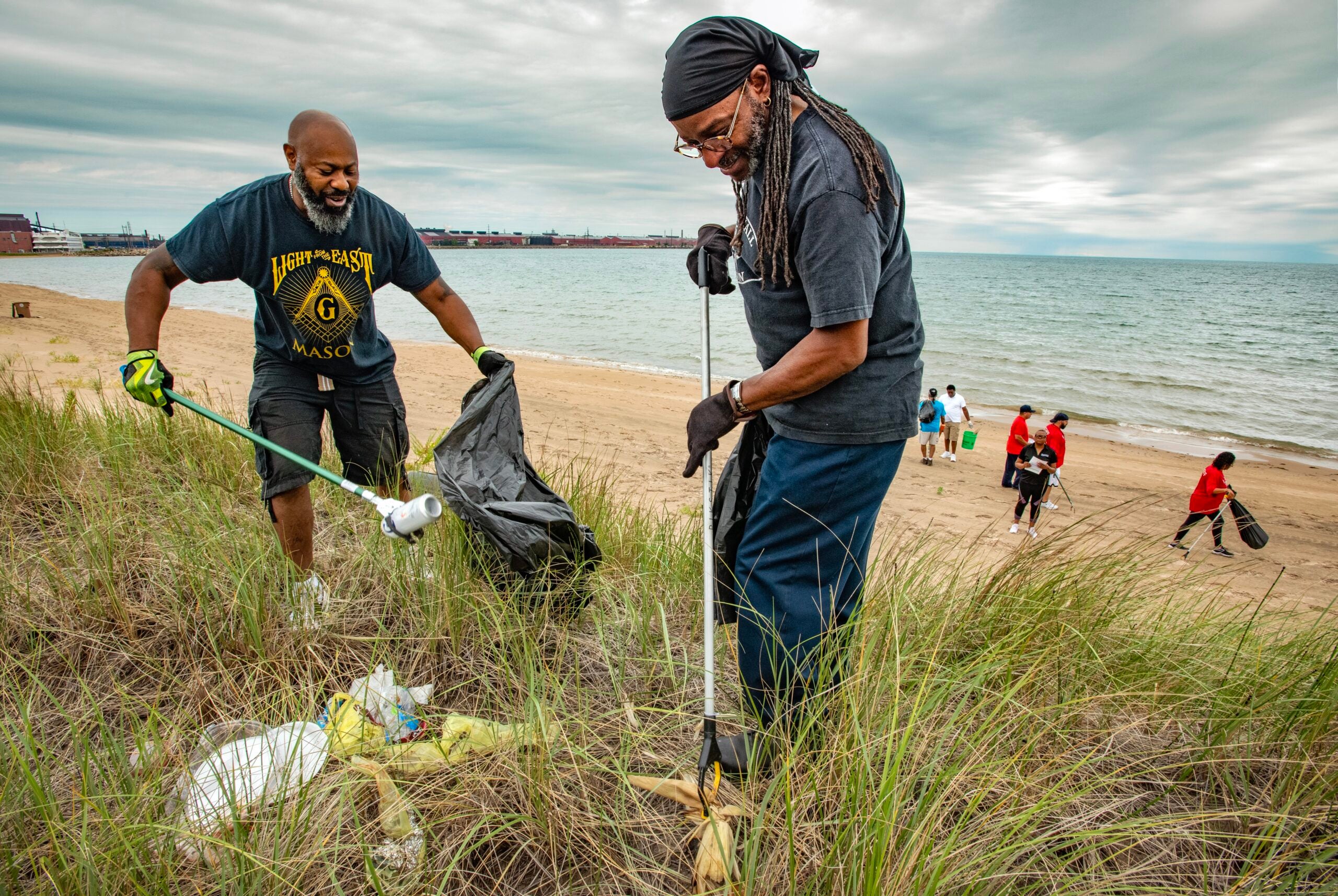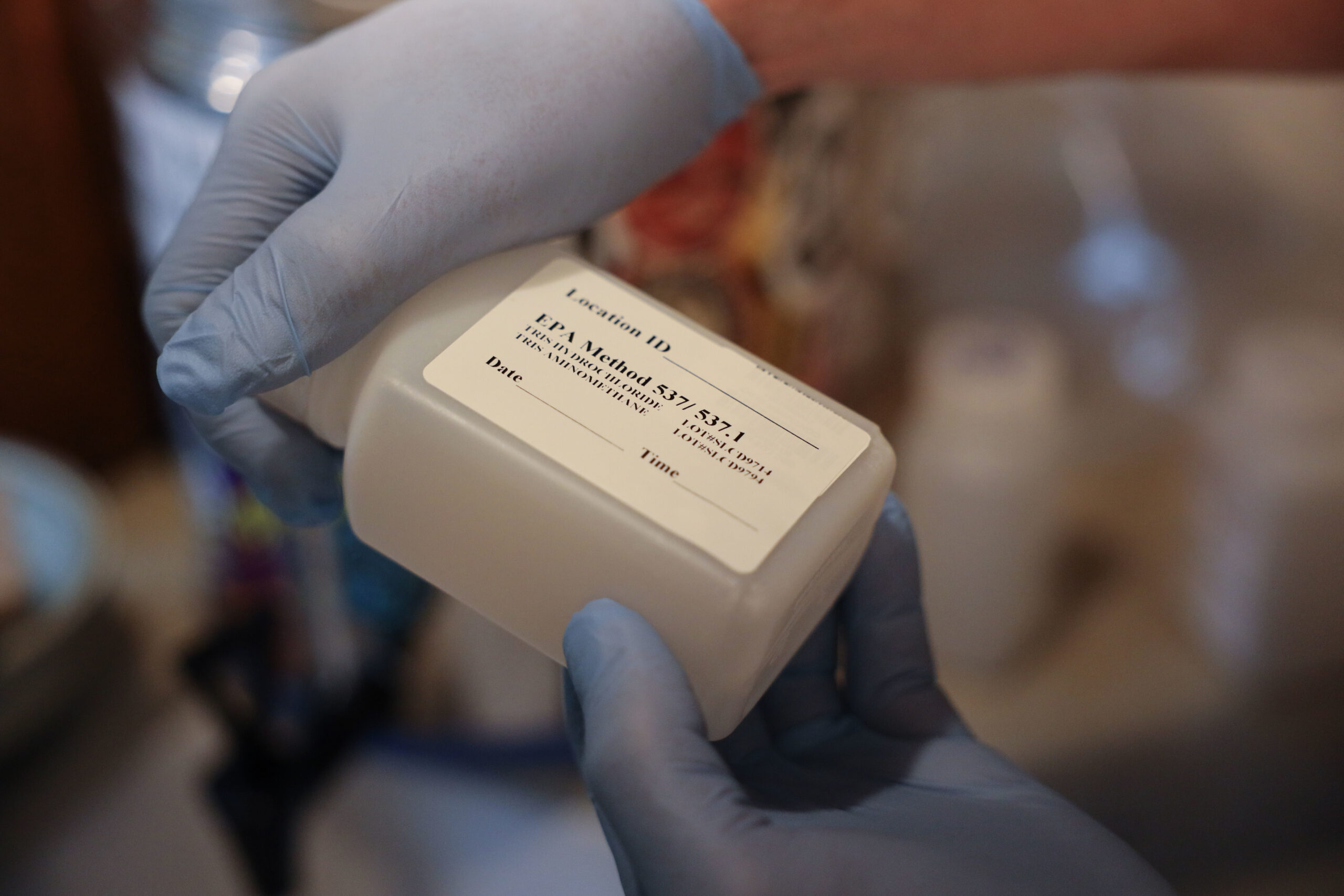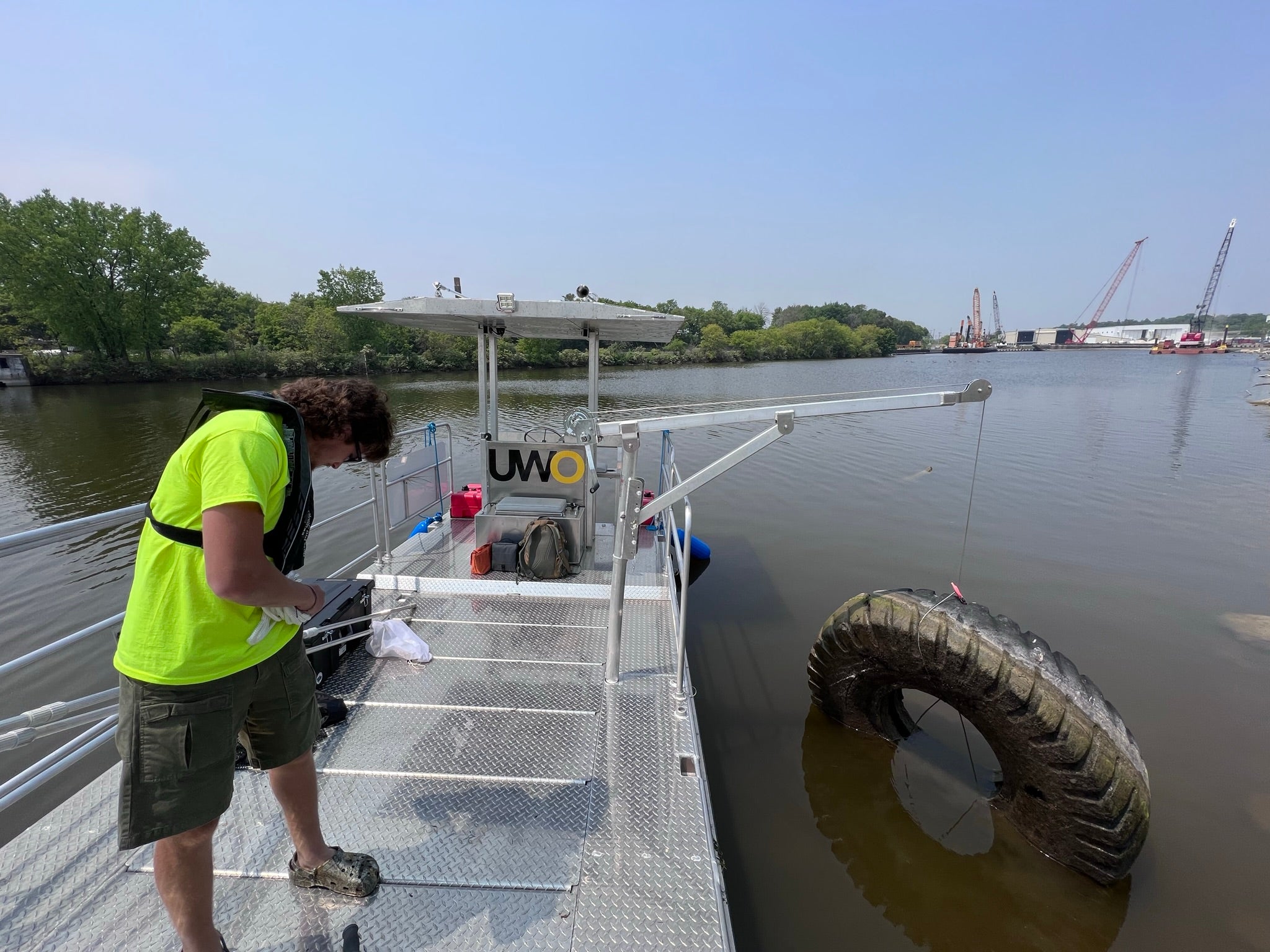Health officials have recommended five ways of measuring whether pollutants in the Great Lakes are harming humans to the International Joint Commission, a binational organization that’s tasked in part with making the Great Lakes more fishable, swimmable and drinkable.
The IJC, which advises the U.S. and Canadian governments on boundary water issues, has said that there needs to be more ways to assess the progress of clean-up in the Great Lakes.
Health officials advising the IJC are recommending measuring chemical integrity of the water, biological hazards, contaminants in fish and illness and other risks at Great Lakes beaches.
Stay informed on the latest news
Sign up for WPR’s email newsletter.
John Dellinger is a pharmacology professor at Concordia University in Mequon and chairman of the IJC’s Health Professionals Advisory Board. Dellinger said the panel has had to concentrate on available chemical data, such as for the corn herbicide atrazine.
“It’s not necessarily the most hazardous chemical that we would have in the water,” said Dellinger. “However, it is one that’s already being monitored by both countries. And it indicates a land use pattern that, if not careful, could cause an impact and hazard for humans.”
Dellinger said biological hazards include those that may disrupt the endocrine system: “Everything from pesticides that were used in the past that are still there — bio-accumulation — to things that are currently going into the water.”
Dellinger said he expects the International Joint Commission to act on the recommendations later this year. The IJC is also gathering ideas on how to measure the health of the Great Lakes ecosystem.
Wisconsin Public Radio, © Copyright 2024, Board of Regents of the University of Wisconsin System and Wisconsin Educational Communications Board.






